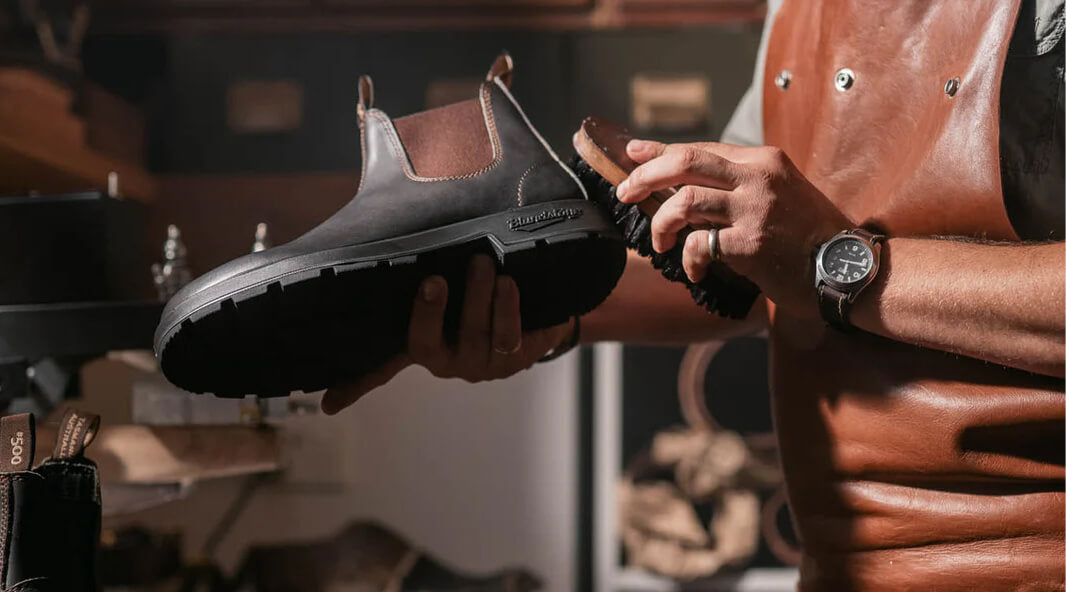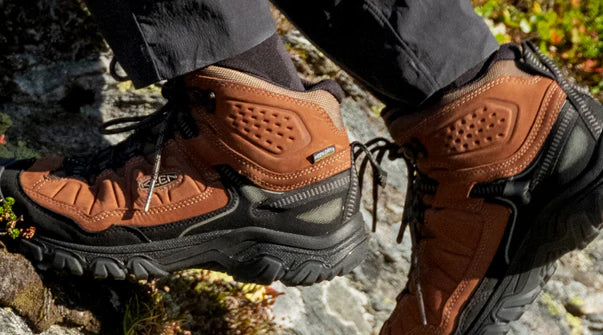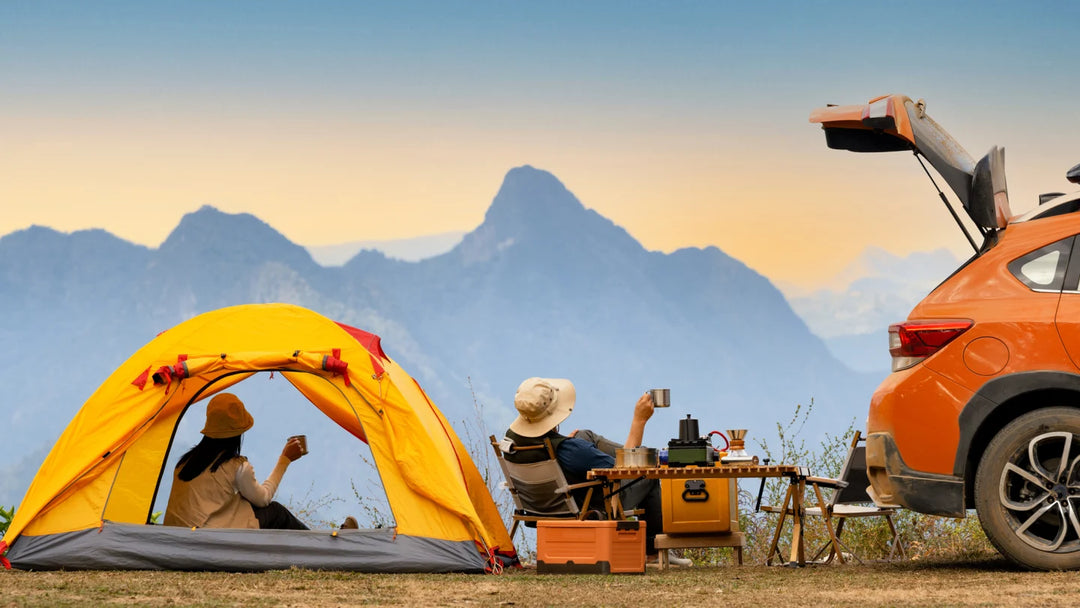How to Properly Prepare for Your Hiking Adventures
With social distancing rules being eased, many people are looking to hiking as a past-time that allows them physical activity, fresh air, and something to do… but without the worry of the large crowds.
Are you new, or new-ish, to hiking? Let us help you out!
We get it, preparing to set off for your first hike, or the idea of getting back into hiking if you’ve been busy, is exciting, and you may be thinking “I’ll just lace up my usual running shoes and go, right?” Not quite…
Whether you are about to embark on a larger trek or just a short hike, there is a lot to consider before you set off.
We want to help make sure you always get the most out of your experience outdoors!
Here are some ideas to get you thinking about how to prepare for your hiking adventures:
PLANNING
- Do some research to find a trail suitable for beginners. Websites and forums are also great places to start. We’re also a big fan of resources like Hike NS to give good advice and trail details.
- Join a Hiking Group. It’s a fun way to meet people with similar interests. Check out local hiking clubs, or local Facebook groups to find hiking buddies.
HEALTH & SAFETY
- Tag along with an experienced friend. The best way to learn new skills is by getting first-hand with a knowledgable person by your side.
- Drink water often, even before you feel thirsty.
We have a variety of great stainless-steel bottles for your hikes and daily adventures in general. Check them out here.

- Bring a map and compass, and make sure you learn how to use them beforehand!
- Sun protection is important. Always pack a hat, sunglasses, and sunblock.
We have all-natural sunscreen, as well as polarized sunglasses, and UPF-50 hats available!

- Learn basic first aid, and carry a first-aid kit with you.
- If your socks get wet, change them the first chance you get. This will prevent blisters from forming. We also have awesome blister prevention items, like these.
- Take a 10-minute break at least every hour. This quick break helps remove the metabolic waste that builds up in your legs while hiking.
- Study your map before you begin the hike. This gives you a good idea of your route, possible emergency exit points, as well as places to fill up on water.
- Carry some light-weight snacks. This is for in case you have to stay on the trail longer than you expected.
- Let someone know where you are going, and when you plan to be back.

GEAR: WHAT AND HOW TO PACK FOR HIKING AND CAMPING
- Waterproof your pack, either with a pack cover or pack liner.
- Dress in layers to stay warm, dry, and comfortable.
- Practice using your gear at home. Set up your tent in the yard and light up your stove. It’s much less stressful than setting up at camp for the first time.
- If you plan on doing side trips from your campsite, bring a lightweight day pack to carry your water, camera, and sunblock along with you.
- Pack for easy access. Put essential items like a map, first aid kit, flashlight, and snacks in the outside pouches or in upper compartments of your pack to get to them easily during breaks or in case of an emergency.
- Keep your stove fuel away from your food. If possible carry it on the outside of your pack.
- Bring something to purify water, like tablets, or a pump purifier.
- Use packing cubes to organize your gear. This saves you a lot of time having to repack every day and make things easier to find.
- If you have bad knees, give walking poles a try!

- Ladies: GoGirl. We don't need to say anything else.
- Pack a quality rain jacket, no matter what the weather forecast says. This is one of the most important items of clothing you can bring!
Shop our Men's Waterproof Outerwear, here
Shop our Women's Waterproof Outerwear, here
OTHER TIPS & TRICKS
- For the first time backpackers, try to keep your trip short. This gives you a chance to test yourself without being too far from civilization.
- Don't huff and puff. Walking at a pace that allows you to be able to walk AND talk at the same time means that your legs and your body are getting the oxygen needed to function efficiently.
- Make sure you're wearing your pack correctly. Our knowledgeable team is always more than happy to help you pick out the best pack for your needs, as well as your body frame.
- Remember to pack your camera (or use your phone) and take some awesome hiking photos! If you're posting on social media, tag us @trailshop and we'll reshare your adventure!
- Always respect nature and fellow hikers! Give uphill hikers the right of way; stay on the trail to prevent harming nature; never feed wildlife; leave no trace! Pack it in, and pack it out! Bring a plastic or reusable bag to carry all of your garbage with you, and tie it your pack to keep from getting the inside of your pack dirty.







